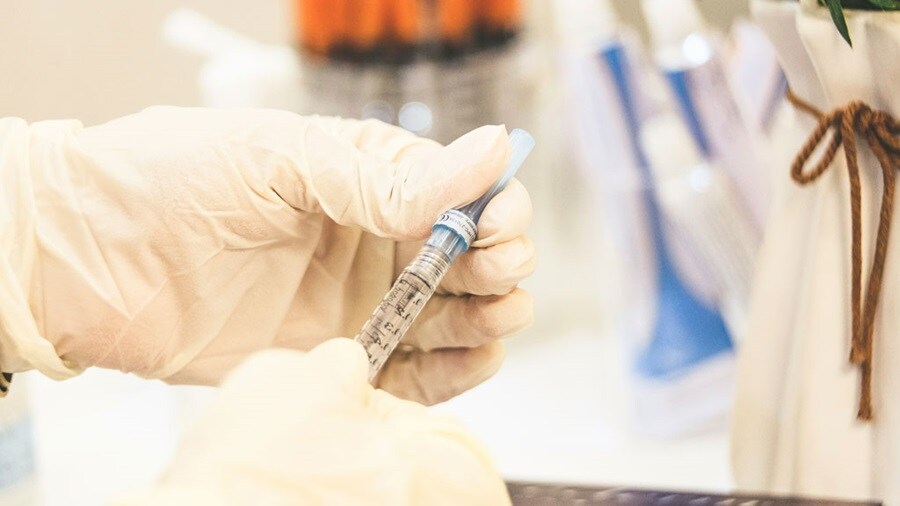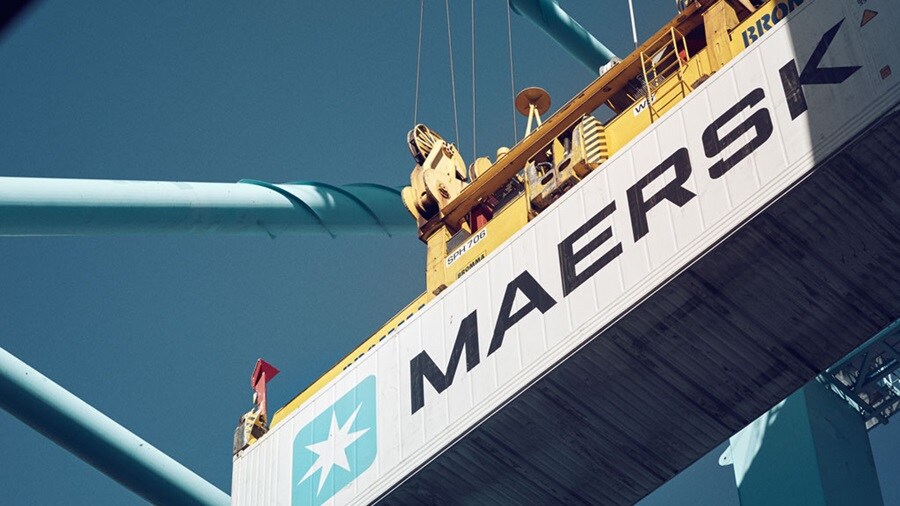Advancements in healthcare have significantly extended global life expectancy and enhanced overall quality of life. However, this progress has also contributed to an aging population, resulting in heightened demand for pharmaceuticals and increased healthcare expenditure worldwide. Particularly pronounced in more developed regions, such as the European Union, where the Organisation for Economic Cooperation and Development (OECD) projects a 350% increase in healthcare expenditure by 2050, outpacing the expected 180% economic growth during the same period.
In 2021, pharmaceutical supply chains experienced unprecedented challenges brought about by the global rollout of COVID-19 vaccines, which required ultra-low temperature storage. Consequently, pharmaceutical companies, wholesalers, pharmacies, and healthcare institutions ramped up their investments in pharmaceutical cold chain networks – this year, global expenditure on biopharma cold chain logistics is expected to reach 21.3 billion USD, an increase from 15.4 billion in 2018.
In this article, we explore the impact of pharmaceutical market innovations and developments on the demand for cold chain networks and cold storage facilities, alongside the prioritisation of reliability, visibility, and cost efficiency, which is causing companies to transition from air freight to sea shipping.
Growth of cold chain pharmaceuticals
Medicines requiring cold storage are taking up an increasing share of the pharmaceutical market – a total of 35% in 2022, up from 26% in 2017. The trend is expected to continue as new medicines go to market, with approximately half of all medicines to be launched in the next five years requiring cold storage and distribution.
While the largest pharmaceutical companies account for the majority of cold chain medicine sales, as patents for medicines expire, production tends to move to the emerging markets.
What happens when patents for certain medicines expire and become available to the market, is that margins on that medication decrease, and production is consequently moved outside of Europe, where it is more cost-efficient. While this means that those emerging markets will need to develop their cold chain networks to send the product further, they will also benefit from having production close to the final market, as some of the final products will stay in the domestic market.

This is not a new trend – in 2020, only 25% of active pharmaceutical ingredient (API) production for generic drugs took place in Europe, while for innovative medicines, this share was 77%. And this move is not exclusive to the pharmaceutical industry, but is mirroring trends seen in other sectors, where geographic shift is happening in both production and end markets.
The downside of moving production further away from the final market was evident for the EU, where key markets experienced shortages of generic medicines and supply chain issues during the pandemic. At the same time, transitioning towards emerging markets is not without a challenge – logistics costs tend to be higher as a result of less efficient operations and weaker cold chain facilities and infrastructure.
Pharmaceutical companies need to find a balance of where each part of their supply chain is located, and how the products are transported from there to their final location, to deliver optimal combination of cost, efficiency, and reliability of supply says Van Exem.
Balancing ocean and air freight
In a typical pharmaceutical supply chain, a big portion of products are moved via air freight. This has mainly been brought about by the need for speed in delivering medicines to final destinations and patients, however everything else surrounding air freight is not necessarily working in favour of the pharmaceutical industry – around 20% of cold chain medicines are reportedly impacted by temperature fluctuations in transport.
For pharmaceutical companies, visibility in supply chain is not enough, it is about the ability to act upon any changes in temperature during transport says Van Exem.
In contrast, ocean transport allows for more control by placing the products in a reefer container at the manufacturing site, setting the desired temperature, closing the doors, and only opening them once the container reaches the final destination. For pharmaceutical companies, this is especially important as temperature deviation can lead affect the efficacy of medicine, and consequently affect patients’ therapy, as well as lead to loss of revenue due to compromised product quality.
With Remote Container Management system such as Captain Peter, our pharma customers can detect temperature deviation in transport, and regulate those values in real time to avoid unpleasant surprises at destination.

While the move from air freight to ocean is driven by the need for reliability and cost reduction, this is further amplified by the decarbonisation efforts across the industry. Research suggests that countries that are members of the Organisation for Economic Co-operation and Development (OECD), together with China and India, attribute an average of 5% of their national CO2 footprint to healthcare, leading pharmaceutical companies to reevaluate every part of their supply chain.
Reducing air transport is one of the most impactful decarbonisation strategies, and at the same time, ocean solutions are proven to be more energy efficient than their air counterpart.
Each mode of transport has its pros and cons, but by combining both ocean and air transport, our customers can have the best of both worlds by balancing cost, decarbonisation efforts, and lead times. At Maersk, we stay close to our customers and can therefore offer operational insights and steer supply chains across our network and assets concludes Van Exem.
无论您需要什么,我们都可以随时为您提供帮助
I agree to receive logistics related news and marketing updates by email, phone, messaging services (e.g. WhatsApp) and other digital platforms, including but not limited to social media (e.g., LinkedIn) from A. P. Moller-Maersk and its affiliated companies (see latest company overview). I understand that I can opt out of such Maersk communications at any time by clicking the unsubscribe link. To see how we use your personal data, please read our Privacy Notification.
By completing this form, you confirm that you agree to the use of your personal data by Maersk as described in our Privacy Notification.
